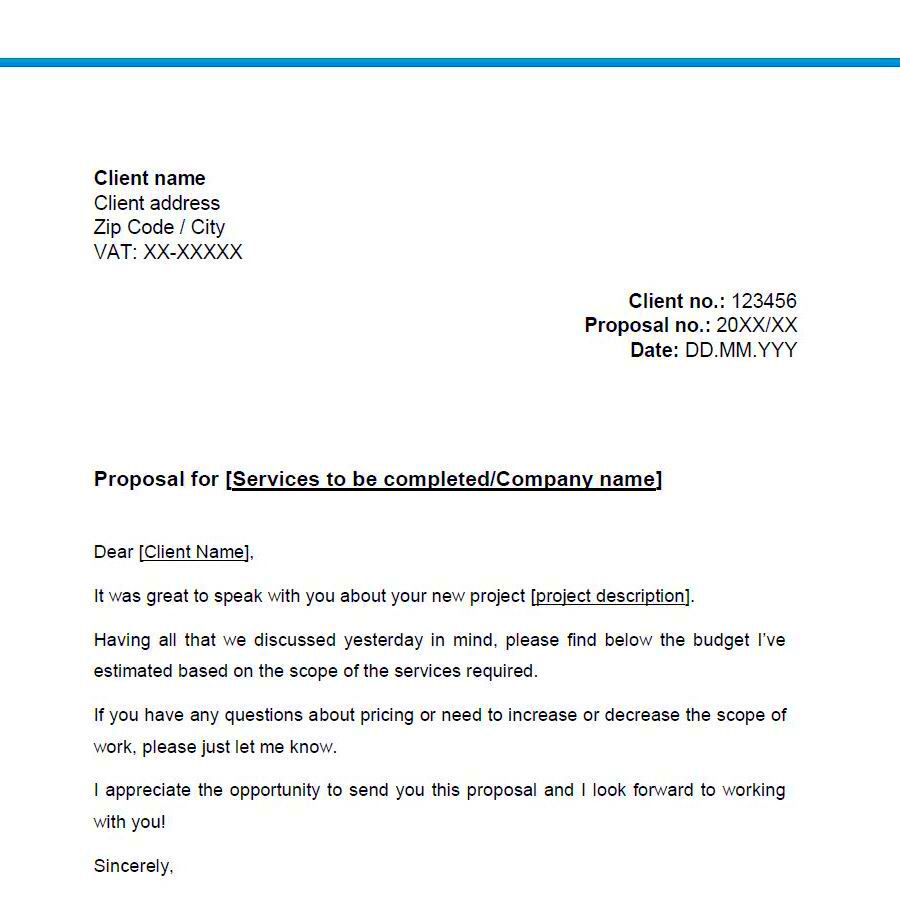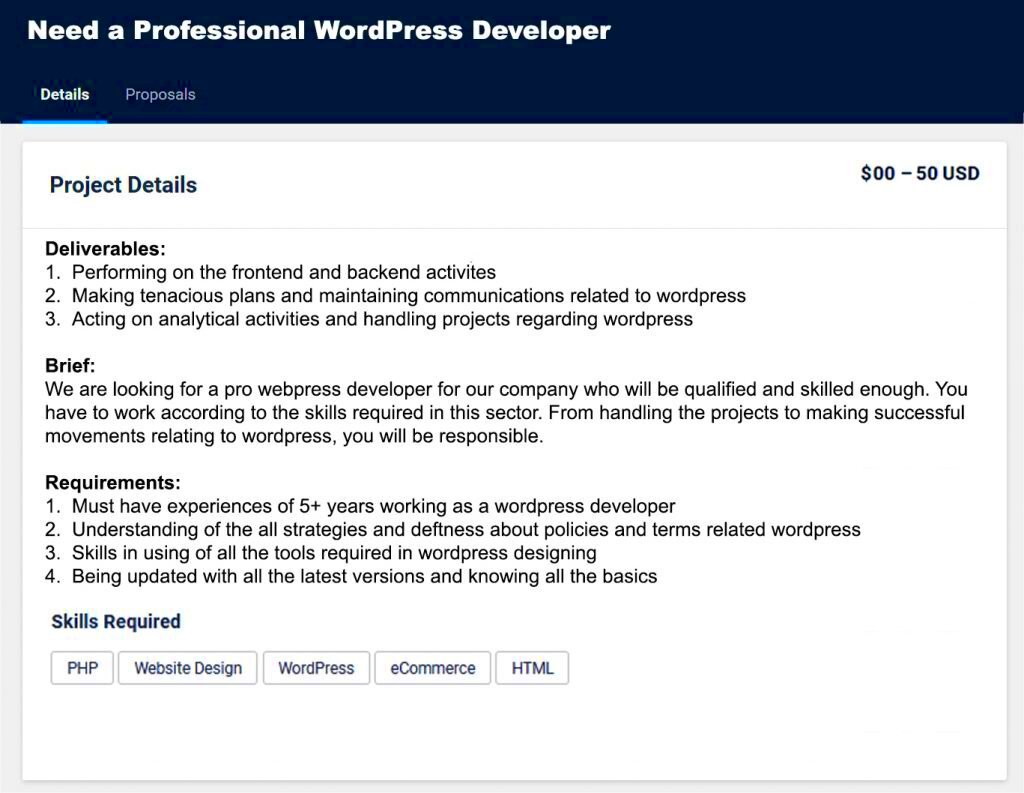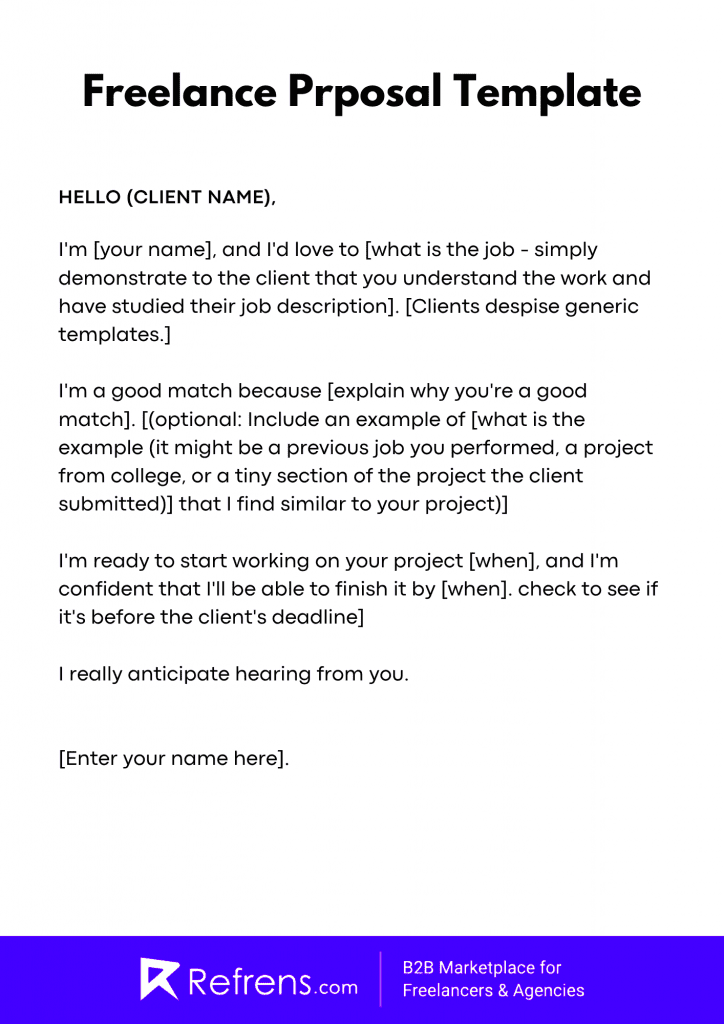Before you dive into applying for freelancer projects, it's important to understand the various types of work available. Freelancing encompasses a wide range of fields and industries, each with its own unique demands and opportunities. Knowing what is out there can help you target your applications more effectively.
Here are some common types of freelancer projects:
- Writing and Editing: This includes content writing, copywriting, and proofreading.
- Graphic Design: Graphic designers create visual content for websites, marketing materials, and branding.
- Web Development: Web developers build and maintain websites and web applications.
- Digital Marketing: This encompasses social media management, SEO, and email marketing.
- Consulting: Freelancers can offer their expertise in various fields, such as business or IT consulting.
Understanding these categories will help you find projects that align with your skills and interests, making your applications more effective.
Set Up Your Freelancer Profile

Your freelancer profile is your online business card. It's the first impression potential clients will have of you, so it’s essential to make it count. Here are some key components to include:
- Profile Picture: Use a professional and approachable photo.
- Bio: Write a brief overview of your skills, experience, and what you can offer clients.
- Portfolio: Showcase your best work. Include samples relevant to the projects you're applying for.
- Skills: List your key skills that relate to the services you provide.
- Rates: Be transparent about your pricing and consider offering different pricing packages.
Make sure your profile is complete and free of errors. A polished profile can significantly increase your chances of landing projects.
Also Read This: How Do I Get Paid from Fiverr?
Search for Projects that Match Your Skills

Once your profile is set up, it’s time to start searching for projects. Here’s how to effectively find jobs that fit your expertise:
- Use Filters: Most freelance platforms allow you to filter projects by category, budget, and deadline. Utilize these filters to narrow down your search.
- Set Up Alerts: Enable notifications for new projects that match your skills, so you never miss an opportunity.
- Browse Job Boards: Regularly check job boards and freelance websites for new postings.
- Join Groups: Participate in online forums or groups related to your field where projects are often shared.
Searching strategically will help you find projects that are a good fit for your abilities and will make the application process more efficient.
Also Read This: How Much Does Fiverr Pro Cost?
Craft a Compelling Proposal

When applying for freelance projects, your proposal is your chance to shine. It's not just about saying you can do the job; it’s about showcasing how you can solve the client's problem. A well-crafted proposal can set you apart from the competition. Here’s how to make yours stand out:
- Personalize Your Proposal: Address the client by name and reference specific details from their project description. This shows you took the time to understand their needs.
- Outline Your Approach: Clearly explain how you plan to tackle the project. Break it down into steps or phases to show your organized thought process.
- Be Concise: While details are important, keep your proposal focused and to the point. Aim for clarity and brevity.
- Include a Call to Action: Encourage the client to take the next step, whether it's scheduling a call or asking for more information.
- Proofread: Typos and errors can make you look unprofessional. Always double-check your proposal before submitting it.
By crafting a compelling proposal, you not only show your qualifications but also your enthusiasm for the project, which can make a big difference in the client's decision.
Also Read This: How to Change Your Display Name on Fiverr
Highlight Your Experience and Skills

Your experience and skills are what make you a valuable candidate for freelance projects. It’s important to communicate these effectively in your proposal and profile. Here’s how to do it:
- Use Relevant Examples: When discussing your experience, mention specific projects you’ve worked on that relate to the job you’re applying for.
- Quantify Your Achievements: If possible, use numbers to highlight your success. For instance, "I increased website traffic by 50% in three months" is more impactful than just stating you improved traffic.
- List Certifications: If you have any relevant certifications, make sure to include them. This adds credibility to your profile.
- Show Soft Skills: Don’t just focus on technical abilities. Skills like communication, problem-solving, and time management are also important to highlight.
By effectively showcasing your experience and skills, you build trust with potential clients and increase your chances of landing the projects you want.
Also Read This: How to Create a Gig Image on Fiverr
Follow Up on Your Applications
After submitting your proposal, it’s easy to feel like the waiting game begins. However, following up can be a crucial step in securing the job. Here’s how to do it properly:
- Wait a Reasonable Time: Give the client at least a few days to review your proposal before reaching out.
- Be Polite and Professional: When you follow up, keep your tone friendly. A simple message asking if they have had a chance to review your proposal is sufficient.
- Restate Your Interest: Remind the client of your enthusiasm for the project and your qualifications to help keep you top of mind.
- Keep it Short: Your follow-up message should be brief. Respect the client’s time by getting straight to the point.
- Know When to Move On: If you don’t receive a response after a follow-up or two, it’s best to focus on other opportunities rather than dwelling on one.
Following up shows your dedication and can often lead to a positive outcome, whether that’s landing the job or getting feedback for future applications.
Also Read This: Earnings of Web Developer Freelancers
Learn from Rejections and Improve
Receiving a rejection after applying for a freelance project can be disheartening, but it’s also an opportunity for growth. Instead of seeing rejection as a failure, view it as a chance to learn and improve your approach. Here’s how to turn those setbacks into stepping stones:
- Reflect on Your Proposal: Take a moment to review the proposal you submitted. Were there areas that could have been clearer? Did you address the client's needs effectively?
- Seek Feedback: If possible, ask the client for feedback on your proposal. Many clients appreciate when freelancers seek to improve and may provide insights that can help you in the future.
- Identify Patterns: Keep track of your applications and rejections. Are there specific types of projects where you face more rejection? Identifying patterns can help you adjust your focus.
- Enhance Your Skills: If you notice a gap in your skills or experience, consider taking online courses or workshops to boost your qualifications.
- Stay Positive: Remember, rejection is a part of the freelancing journey. Every successful freelancer has faced rejection at some point. Keep pushing forward!
By learning from rejections, you can continuously refine your approach and increase your chances of success in future applications.
Also Read This: How Much Do You Earn on Fiverr?
FAQ
Got questions? Here are some common ones about applying for freelancer projects:
- How long should my proposal be? Aim for one to two pages. Be concise but provide enough detail to explain your approach and qualifications.
- What if I don’t have much experience? Focus on transferable skills and relevant projects, even if they are from previous jobs or personal projects.
- Is it necessary to follow up on my application? Yes, a follow-up can show your interest and dedication. Just be polite and respectful of their time.
- How can I find projects in my niche? Use freelance platforms that cater to your specific skills, and join online communities where job postings are shared.
- What should I do if I keep getting rejected? Analyze your proposals, seek feedback, improve your skills, and keep applying. Persistence is key!
These answers should help clarify your concerns as you navigate the freelancing landscape.
Conclusion
Applying for freelancer projects can be a challenging yet rewarding journey. By understanding the types of projects available, setting up a strong profile, crafting compelling proposals, and learning from experiences—both good and bad—you can enhance your chances of success. Remember to stay patient and persistent. Each application is a step toward finding the right opportunity for you. Keep improving your skills and adapting your approach based on feedback and rejections. Soon enough, you’ll find the freelance work that aligns perfectly with your talents and aspirations.




